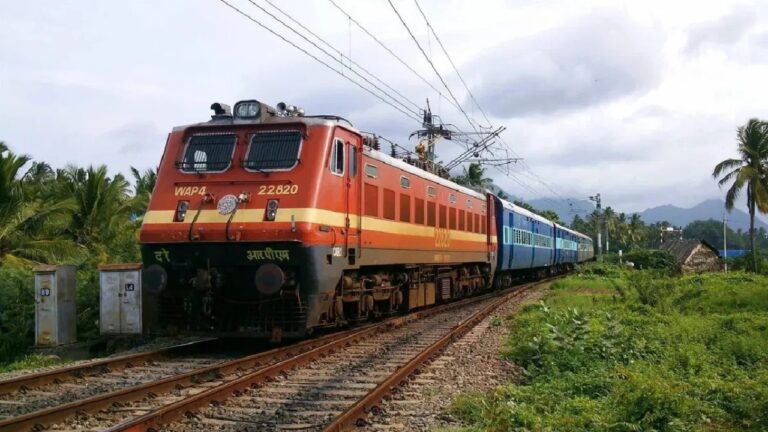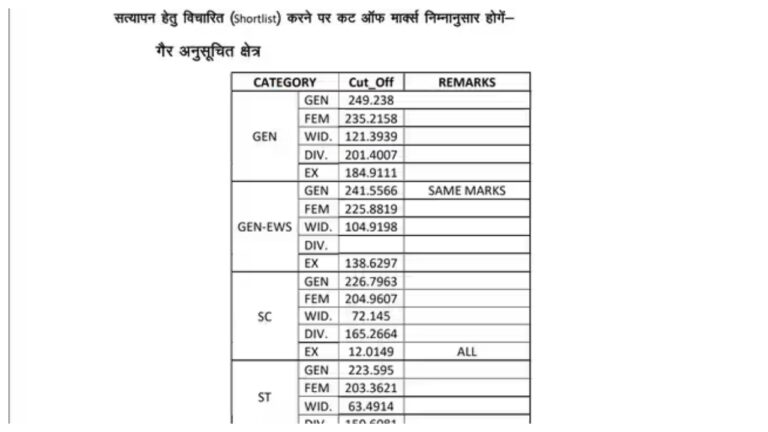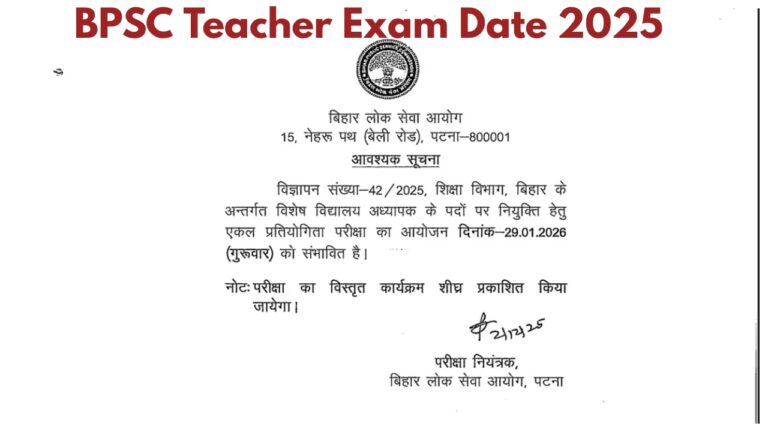UPS vs NPS- The month of April has started and with this there is going to be a big change in the pension system. Yes, the Pension Fund Regulatory and Development Authority had notified UPS in the month of March and issued a notification regarding its implementation from April 1, 2025. This scheme is especially beneficial for those employees who want a fixed income after retirement. UPS will be applicable for those central employees who are already registered under NPS. They will now have the option to choose either NPS or UPS. Let us know how to get its benefits and which option is better?
UPS was announced in January
The government had officially announced the Unified Pension Scheme (UPS) as an option of National Pension System (NPS) on 24 January and now announced the implementation of this scheme from 1 April 2025. Central employees covered under NPS will get the benefit of this new scheme. That is, central employees who come under the National Pension Scheme and choose the option of UPS under it, will be able to take advantage of it. People choosing UPS will not be entitled to any other policy concession, policy change, financial benefit.
What is Unified Pension Scheme?
Unified Pension Scheme (UPS) is a new initiative of the government led by PM Narendra Modi. It is largely a continuation of the old pension scheme. Under this scheme, government employees will get a fixed and guaranteed minimum pension. If any retired employee has given a minimum service of 25 years, then he will get 50 percent of the average basic salary of the 12 months before retirement as pension.
What is National Pension System?
The National Pension System (NPS) was introduced by the Atal Bihari Vajpayee government in 2004. It was also opened to private sector employees in 2009. Its purpose was to replace the Old Pension Scheme (OPS), which was putting a heavy burden on the government treasury. Government employees protested from the beginning, which continued till now.
Under NPS, employees were also made to contribute towards pension. Also, after retirement, employees could withdraw 60% of the amount, while the remaining 40% was used for pension. There are some restrictions on time as well.
Difference between UPS and NPS
1. Under UPS, central government employees will get a fixed pension. This will be half of their average basic salary of the 12 months before retirement. Whereas in NPS, the pension amount was dependent on market returns, due to which it fluctuated.
2. Government employees will have to contribute 10 per cent of their salary in both UPS and NPS. However, the government will increase its contribution. It used to contribute 14 per cent in NPS, while it will contribute 18.5 per cent in UPS.
3. Under UPS, employees will get a fixed pension and a lump sum amount after 25 years of service. The pension will also increase according to the inflation rate. At the same time, many employees were getting nominal pension in NPS.
4. There was no fixed pension in NPS. Whereas UPS has a guarantee of pension, family pension and minimum pension. 5. After 10 years of service, UPS will guarantee a minimum pension of Rs 10,000. There is no such provision in NPS.
6.NPS contributions are invested in the market. In such a situation, pension was also dependent on market fluctuations. UPS has eliminated dependence on the market, which gives more stability to the employees.










